Grow Heirloom Tomatoes Indoors and savor the taste of summer, even when the snow is falling! Imagine biting into a juicy, flavorful tomato bursting with sunshine in the middle of winter. Sounds like a dream, right? Well, it doesn’t have to be! For generations, gardeners have cherished heirloom tomatoes for their unique flavors and vibrant colors, passing down seeds and stories through families and communities. These aren’t your bland, supermarket tomatoes; they’re a taste of history, a connection to the past, and a celebration of biodiversity.
But what if you don’t have a sprawling garden or live in a climate that supports a long growing season? That’s where this DIY guide comes in! I’m going to show you how to grow heirloom tomatoes indoors, bringing the joy of homegrown produce right into your home. Many people struggle with limited space, short growing seasons, or simply the desire to enjoy fresh tomatoes year-round. This DIY trick will empower you to overcome these challenges, providing you with a sustainable and rewarding way to enjoy delicious, homegrown heirloom tomatoes, no matter where you live. Get ready to unleash your inner gardener and experience the unparalleled satisfaction of harvesting your own flavorful heirloom tomatoes!
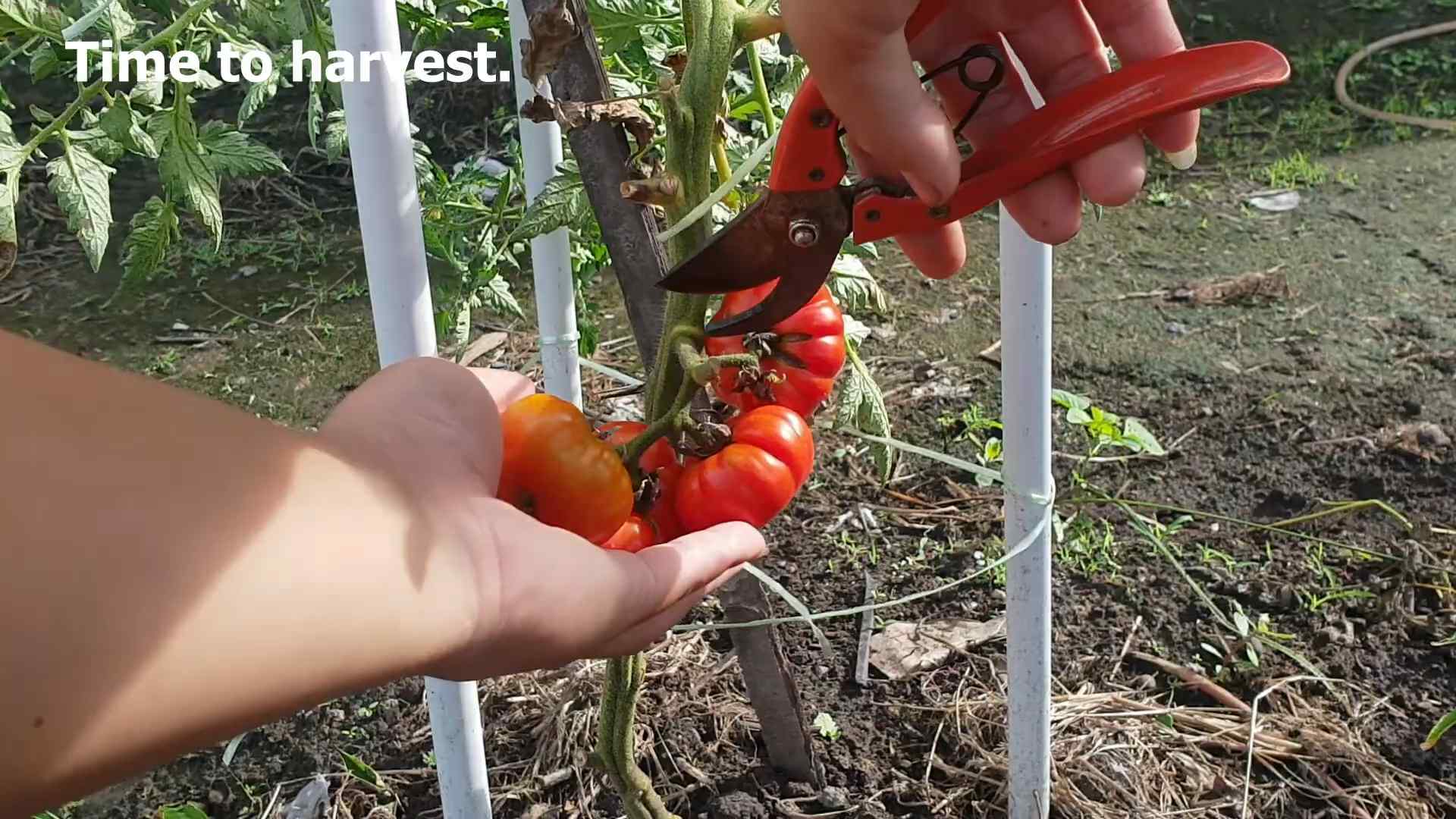
Growing Heirloom Tomatoes Indoors: A Beginner’s Guide
Hey there, fellow gardening enthusiasts! Ever dreamed of biting into a juicy, sun-ripened heirloom tomato in the dead of winter? Well, dream no more! Growing heirloom tomatoes indoors is totally achievable, and I’m here to walk you through the process step-by-step. It might seem a little daunting at first, but trust me, the reward of fresh, flavorful tomatoes when the snow is falling outside is absolutely worth it.
Choosing the Right Heirloom Variety
Not all heirloom tomatoes are created equal, especially when it comes to indoor growing. Some varieties are just too large and sprawling to thrive in a container. Here’s what I look for when selecting my indoor heirloom champions:
* Compact or Determinate Varieties: These types are bushier and more manageable in size, making them perfect for containers. Indeterminate varieties, on the other hand, keep growing and growing, requiring extensive pruning and support.
* Early Maturing Varieties: Since we’re growing indoors, we want tomatoes that ripen relatively quickly. Look for varieties that mature in 70 days or less.
* Disease Resistance: Indoor environments can sometimes be prone to fungal diseases. Choosing varieties with good disease resistance will save you a lot of headaches.
* Flavor Profile: Of course, flavor is key! Think about what kind of tomatoes you enjoy – sweet, tangy, earthy – and choose varieties that match your taste.
Some of my personal favorite heirloom varieties for indoor growing include:
* ‘Roma’: A classic paste tomato, great for sauces and canning.
* ‘Black Krim’: A dark, almost black tomato with a rich, smoky flavor.
* ‘Stupice’: An early-maturing variety with a tangy, slightly acidic taste.
* ‘Tiny Tim’: A super compact variety that produces small, cherry-sized tomatoes.
Gathering Your Supplies
Before we get our hands dirty, let’s make sure we have everything we need. Here’s a checklist of essential supplies:
* Tomato Seeds: Choose your desired heirloom variety from a reputable source.
* Seed Starting Trays or Small Pots: These will be used to germinate the seeds.
* Seed Starting Mix: A light, sterile mix specifically designed for starting seeds.
* Larger Pots (5-10 gallon): These will be the final homes for your tomato plants.
* Potting Mix: A high-quality potting mix that drains well.
* Grow Lights: Essential for providing adequate light, especially during the winter months.
* Liquid Fertilizer: A balanced liquid fertilizer formulated for tomatoes.
* Watering Can or Spray Bottle: For gentle watering.
* Small Fan: To provide air circulation and prevent fungal diseases.
* Tomato Cages or Stakes: To support the plants as they grow.
* Optional: Heat Mat: To speed up germination.
Starting Your Seeds
This is where the magic begins! Starting your seeds indoors gives you a head start on the growing season and allows you to control the environment.
1. Prepare Your Seed Starting Trays: Fill your seed starting trays or small pots with seed starting mix. Gently tap the trays to settle the mix.
2. Sow the Seeds: Make a small indentation (about 1/4 inch deep) in the center of each cell or pot. Place 2-3 seeds in each indentation.
3. Cover the Seeds: Gently cover the seeds with seed starting mix.
4. Water Thoroughly: Water the trays or pots gently with a watering can or spray bottle until the mix is evenly moist.
5. Provide Warmth: Place the trays or pots in a warm location (around 70-75°F). A heat mat can help speed up germination.
6. Maintain Moisture: Keep the seed starting mix consistently moist, but not soggy. You can cover the trays with a clear plastic dome or plastic wrap to help retain moisture.
7. Wait for Germination: Germination typically takes 5-10 days. Once the seedlings emerge, remove the plastic dome or wrap.
8. Provide Light: Place the seedlings under grow lights. Position the lights a few inches above the seedlings and keep them on for 14-16 hours per day.
9. Thin the Seedlings: Once the seedlings have their first true leaves (the second set of leaves), thin them to one seedling per cell or pot. Choose the strongest, healthiest-looking seedling and snip off the others at the soil line.
Transplanting Your Seedlings
Once your seedlings have grown a few inches tall and have a strong root system, it’s time to transplant them into larger pots.
1. Prepare Your Larger Pots: Fill your 5-10 gallon pots with high-quality potting mix.
2. Carefully Remove the Seedlings: Gently loosen the seedlings from their seed starting trays or pots. Be careful not to damage the roots.
3. Plant the Seedlings: Make a hole in the center of each pot that is large enough to accommodate the root ball. Place the seedling in the hole and gently backfill with potting mix.
4. Water Thoroughly: Water the newly transplanted seedlings thoroughly.
5. Provide Support: Insert a tomato cage or stake into each pot to provide support for the plants as they grow.
Caring for Your Indoor Tomato Plants
Now that your tomato plants are in their final homes, it’s time to provide them with the care they need to thrive.
1. Light: Tomato plants need at least 8 hours of direct light per day. If you don’t have a sunny window, use grow lights to supplement the natural light. Keep the grow lights on for 14-16 hours per day.
2. Watering: Water your tomato plants regularly, keeping the soil consistently moist but not soggy. Water deeply when the top inch of soil feels dry to the touch. Avoid overwatering, as this can lead to root rot.
3. Fertilizing: Feed your tomato plants with a balanced liquid fertilizer every 2-3 weeks. Follow the instructions on the fertilizer label.
4. Air Circulation: Good air circulation is essential for preventing fungal diseases. Use a small fan to circulate the air around your plants.
5. Pollination: Indoor tomato plants need help with pollination since there are no bees or other insects to do the job. You can hand-pollinate your plants by gently shaking the flowers or using a small paintbrush to transfer pollen from one flower to another.
6. Pruning: Prune your tomato plants regularly to remove suckers (the small shoots that grow between the main stem and the branches). Pruning helps to improve air circulation and encourages the plant to focus its energy on producing fruit.
7. Pest Control: Keep an eye out for pests such as aphids, whiteflies, and spider mites. If you find any pests, treat them with an insecticidal soap or neem oil.
Harvesting Your Tomatoes
The moment you’ve been waiting for! Your tomatoes are ready to harvest when they are fully colored and slightly soft to the touch. Gently twist the tomatoes off the vine. Enjoy your homegrown heirloom tomatoes in salads, sandwiches, sauces, or simply eat them fresh off the vine!
Troubleshooting Common Problems
Even with the best care, you might encounter some problems while growing heirloom tomatoes indoors. Here are some common issues and how to address them:
* Yellowing Leaves: This can be caused by overwatering, underwatering, nutrient deficiencies, or pests. Check the soil moisture and adjust your watering accordingly. Fertilize your plants with a balanced liquid fertilizer. Inspect your plants for pests and treat them as needed.
* Blossom End Rot: This is a condition where the bottom of the tomato turns black and leathery. It is caused by a calcium deficiency. Ensure your potting mix contains adequate calcium and water your plants consistently.
* Fungal Diseases: Fungal diseases such as powdery mildew and early blight can be a problem in indoor environments. Provide good air circulation and avoid overhead watering. Treat affected plants with a fungicide.
* Lack of Fruit: This can be caused by insufficient light, poor pollination, or nutrient deficiencies. Ensure your plants are getting enough light and hand-pollinate the flowers. Fertilize your plants with a balanced liquid fertilizer.
Enjoying Your Indoor Tomato Harvest
Growing heirloom tomatoes indoors is a rewarding experience that allows you to enjoy fresh, flavorful tomatoes year-round. With a little bit of planning and care, you can successfully grow your own indoor tomato garden and impress your friends and family with your homegrown bounty. Happy gardening!
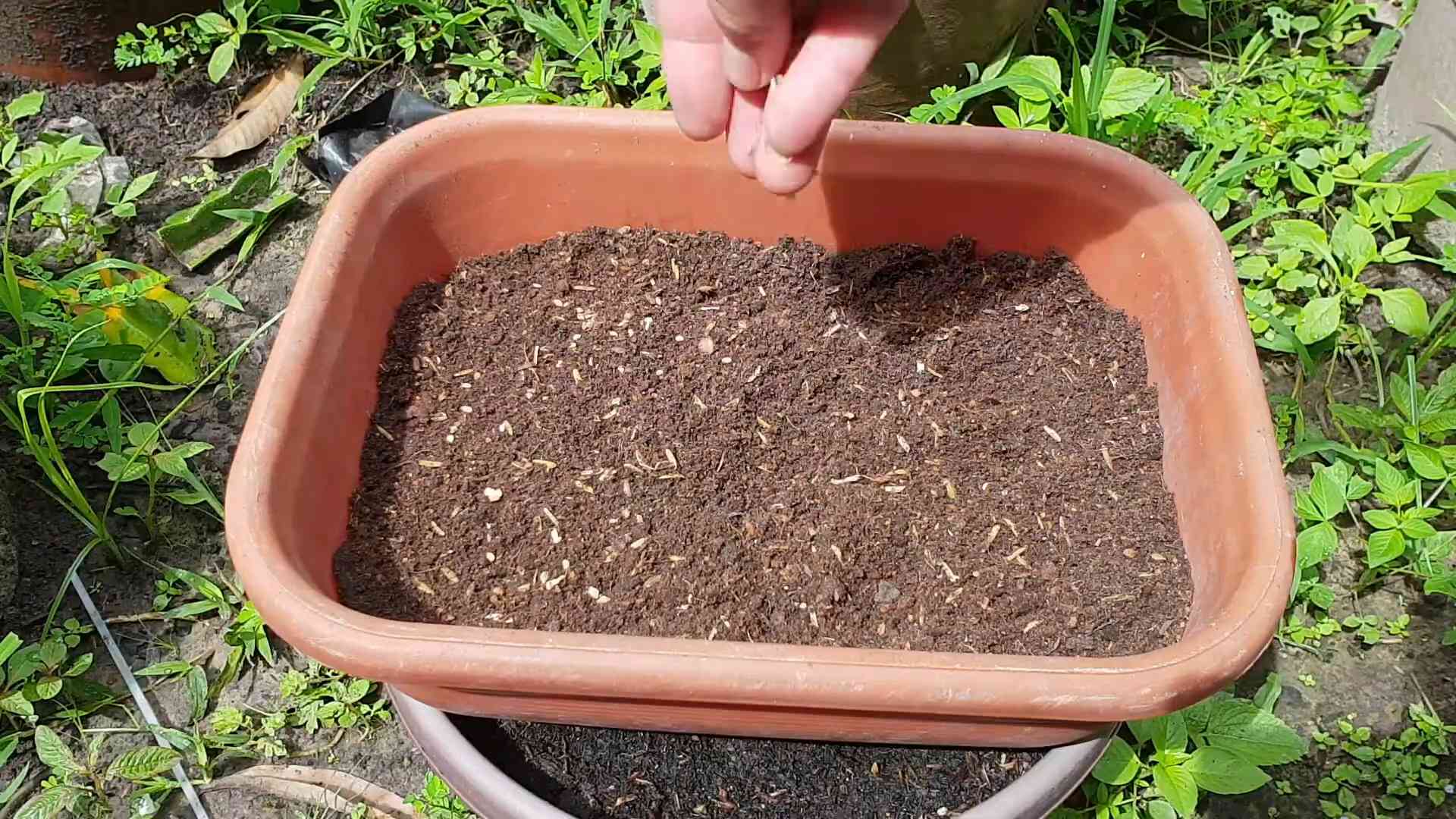
Conclusion
So, there you have it! Growing heirloom tomatoes indoors might seem like a daunting task, but with a little patience, the right setup, and this simple DIY trick, you can enjoy the unparalleled flavor of these garden treasures year-round. This isn’t just about having fresh tomatoes; it’s about connecting with the history and diversity of our food system, one delicious bite at a time.
Why is this DIY approach a must-try? Because it empowers you to control the growing environment, maximizing your chances of success, especially in regions with short growing seasons or unpredictable weather. You’re not relying on commercial greenhouses or shipping distances; you’re nurturing these delicate plants from seed to fruit, right in your own home. Plus, the satisfaction of harvesting your own homegrown heirloom tomatoes, bursting with flavor and vibrant colors, is simply unmatched.
But don’t stop there! Experiment with different heirloom varieties to discover your favorites. Try ‘Brandywine’ for its classic tomato taste, ‘Cherokee Purple’ for its smoky sweetness, or ‘Green Zebra’ for its tangy zest. You can also adjust the DIY setup to suit your space and resources. Consider using different types of grow lights, experimenting with hydroponics, or even creating a small indoor greenhouse.
Remember, the key to success is observation and adaptation. Pay close attention to your plants’ needs, adjust your watering schedule as needed, and don’t be afraid to troubleshoot any problems that arise. Growing heirloom tomatoes indoors is a learning process, and every season will bring new insights and opportunities for improvement.
We’re confident that this DIY trick will transform your approach to growing heirloom tomatoes. It’s a cost-effective, sustainable, and incredibly rewarding way to enjoy these culinary gems all year long. Now, it’s your turn! Give it a try, and don’t forget to share your experiences with us. We’d love to hear about your successes, your challenges, and your favorite heirloom varieties. Share your photos, tips, and stories in the comments below. Let’s build a community of indoor heirloom tomato growers and celebrate the joy of homegrown goodness together!
Frequently Asked Questions (FAQ)
What are the best heirloom tomato varieties to grow indoors?
Choosing the right variety is crucial for indoor success. Determinate varieties, which grow to a specific size and produce all their fruit at once, are generally better suited for indoor growing than indeterminate varieties, which continue to grow and produce fruit throughout the season. However, with proper pruning and support, you can successfully grow indeterminate varieties indoors as well. Some excellent choices for indoor growing include:
* **Roma:** A classic determinate variety known for its disease resistance and meaty texture, perfect for sauces and canning.
* **San Marzano:** Another determinate variety with a rich, sweet flavor, ideal for Italian dishes.
* **Tiny Tim:** A dwarf determinate variety that’s perfect for small spaces and containers.
* **Patio:** A compact determinate variety that produces abundant yields of medium-sized tomatoes.
* **Black Cherry:** An indeterminate variety with a complex, sweet flavor and beautiful dark color. Requires more pruning and support.
* **Sungold:** An indeterminate variety known for its exceptional sweetness and bright orange color. Also requires more pruning and support.
Consider the size of your growing space, the amount of light available, and your personal taste preferences when selecting your heirloom tomato varieties.
How much light do heirloom tomatoes need indoors?
Light is essential for healthy growth and fruit production. Heirloom tomatoes require at least 6-8 hours of direct sunlight per day. If you don’t have access to a sunny window, you’ll need to supplement with grow lights. LED grow lights are a popular choice because they’re energy-efficient and provide the full spectrum of light that plants need. Fluorescent grow lights are another option, but they’re less energy-efficient and may need to be replaced more frequently.
The distance between the grow lights and your plants is also important. Generally, you should position the lights about 6-12 inches above the plants. As the plants grow, you’ll need to adjust the height of the lights to maintain the optimal distance.
What kind of soil should I use for growing heirloom tomatoes indoors?
Use a high-quality potting mix that’s specifically formulated for vegetables. Avoid using garden soil, as it can be too heavy and may contain pests or diseases. A good potting mix should be well-draining and contain a blend of peat moss, perlite, and vermiculite. You can also add compost to the potting mix to provide additional nutrients.
How often should I water my heirloom tomatoes indoors?
Water your plants regularly, but avoid overwatering. The soil should be moist but not soggy. Check the soil moisture by sticking your finger about an inch into the soil. If the soil feels dry, it’s time to water. Water deeply, until the water drains out of the bottom of the pot.
The frequency of watering will depend on several factors, including the size of the pot, the type of potting mix, the temperature, and the humidity. In general, you’ll need to water more frequently during hot, dry weather.
How do I pollinate my heirloom tomatoes indoors?
Tomatoes are self-pollinating, but they often need a little help to pollinate indoors, where there’s no wind or insect activity. You can hand-pollinate your tomatoes by gently shaking the plants or using a small brush to transfer pollen from one flower to another. You can also use a small fan to circulate air around the plants, which will help to distribute the pollen.
How do I deal with pests and diseases on my indoor heirloom tomatoes?
Prevention is the best defense against pests and diseases. Start with healthy plants and use a clean potting mix. Inspect your plants regularly for signs of pests or diseases. If you find any problems, take action immediately.
Some common pests that can affect indoor tomatoes include aphids, whiteflies, and spider mites. You can control these pests with insecticidal soap or neem oil. Diseases such as early blight and powdery mildew can also affect tomatoes. You can prevent these diseases by providing good air circulation and avoiding overwatering. If you see signs of disease, remove the affected leaves and treat the plants with a fungicide.
How do I fertilize my heirloom tomatoes indoors?
Heirloom tomatoes need regular fertilization to produce abundant yields. Use a balanced fertilizer that’s specifically formulated for tomatoes. Follow the instructions on the fertilizer label. You can also add compost to the potting mix to provide additional nutrients.
When can I harvest my heirloom tomatoes indoors?
The time it takes to harvest your tomatoes will depend on the variety and the growing conditions. In general, you can expect to harvest your tomatoes about 60-80 days after transplanting. The tomatoes are ripe when they’re fully colored and slightly soft to the touch. Gently twist the tomatoes off the vine.
Can I grow heirloom tomatoes indoors year-round?
Yes, with the right setup and care, you can grow heirloom tomatoes indoors year-round. You’ll need to provide adequate light, water, and nutrients. You’ll also need to control the temperature and humidity. With a little effort, you can enjoy fresh, homegrown heirloom tomatoes all year long.

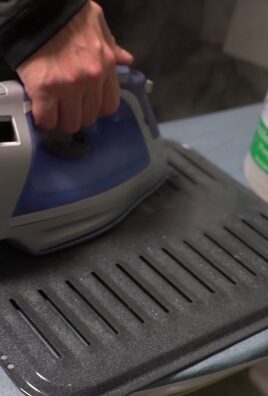
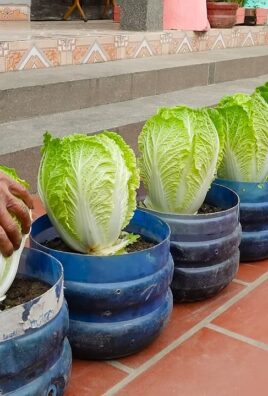
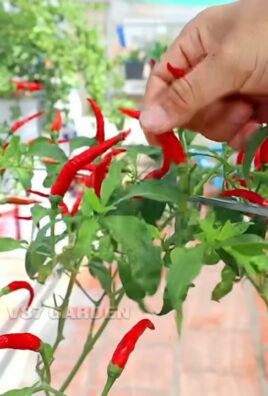
Leave a Comment